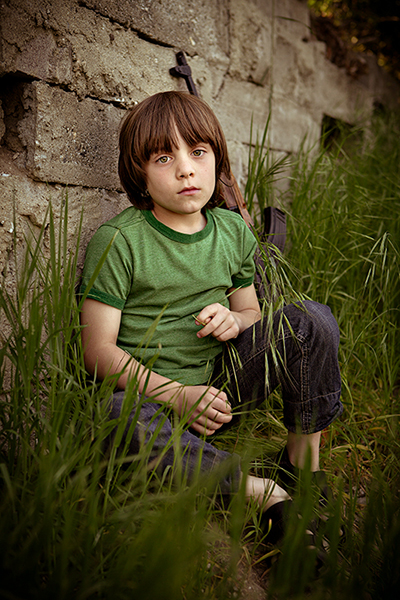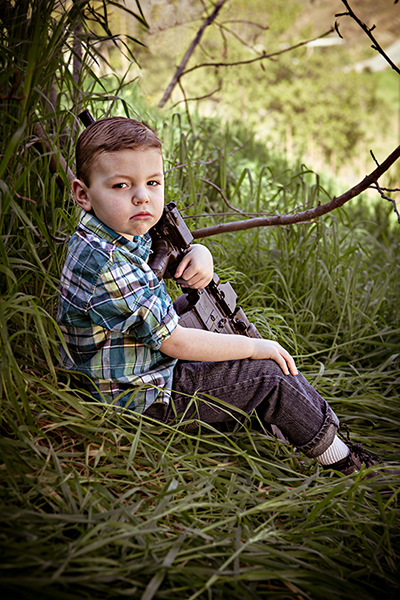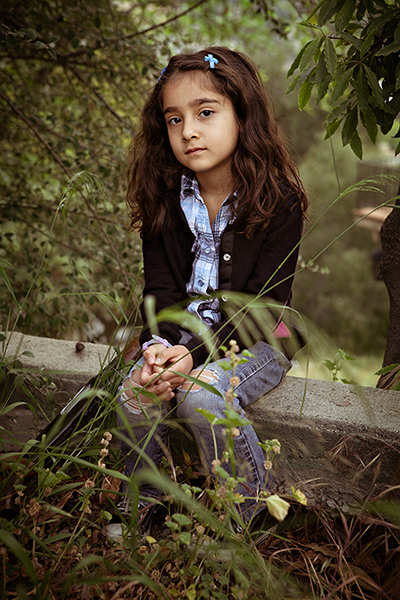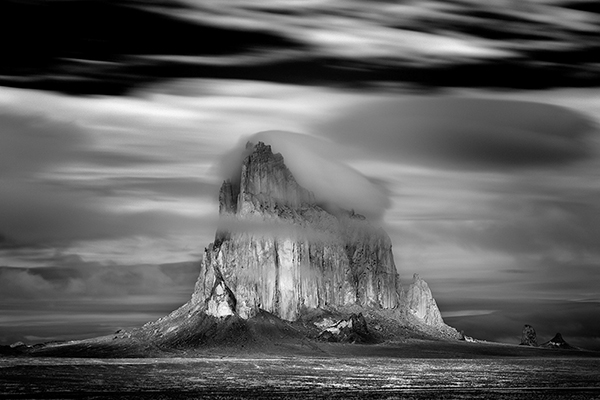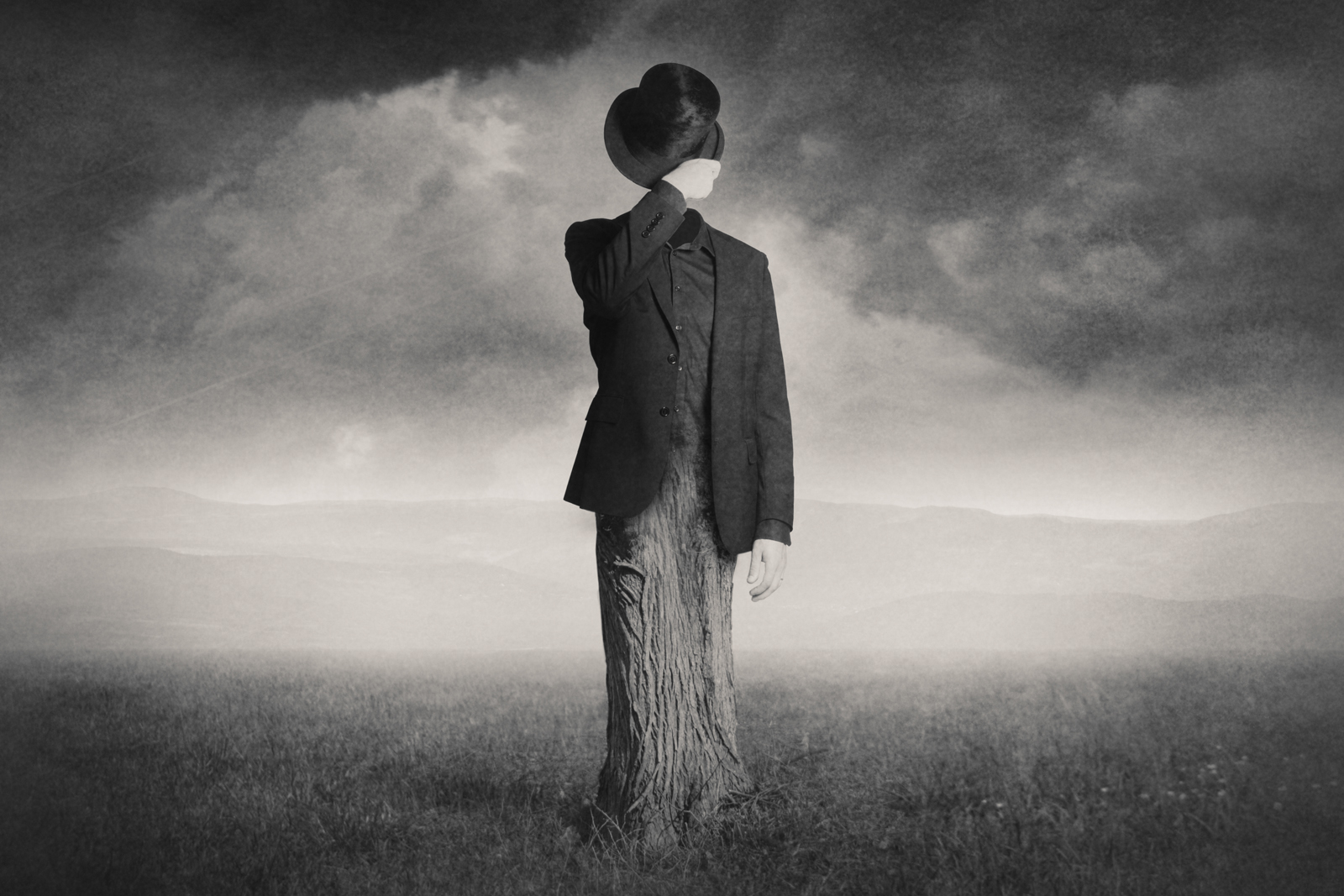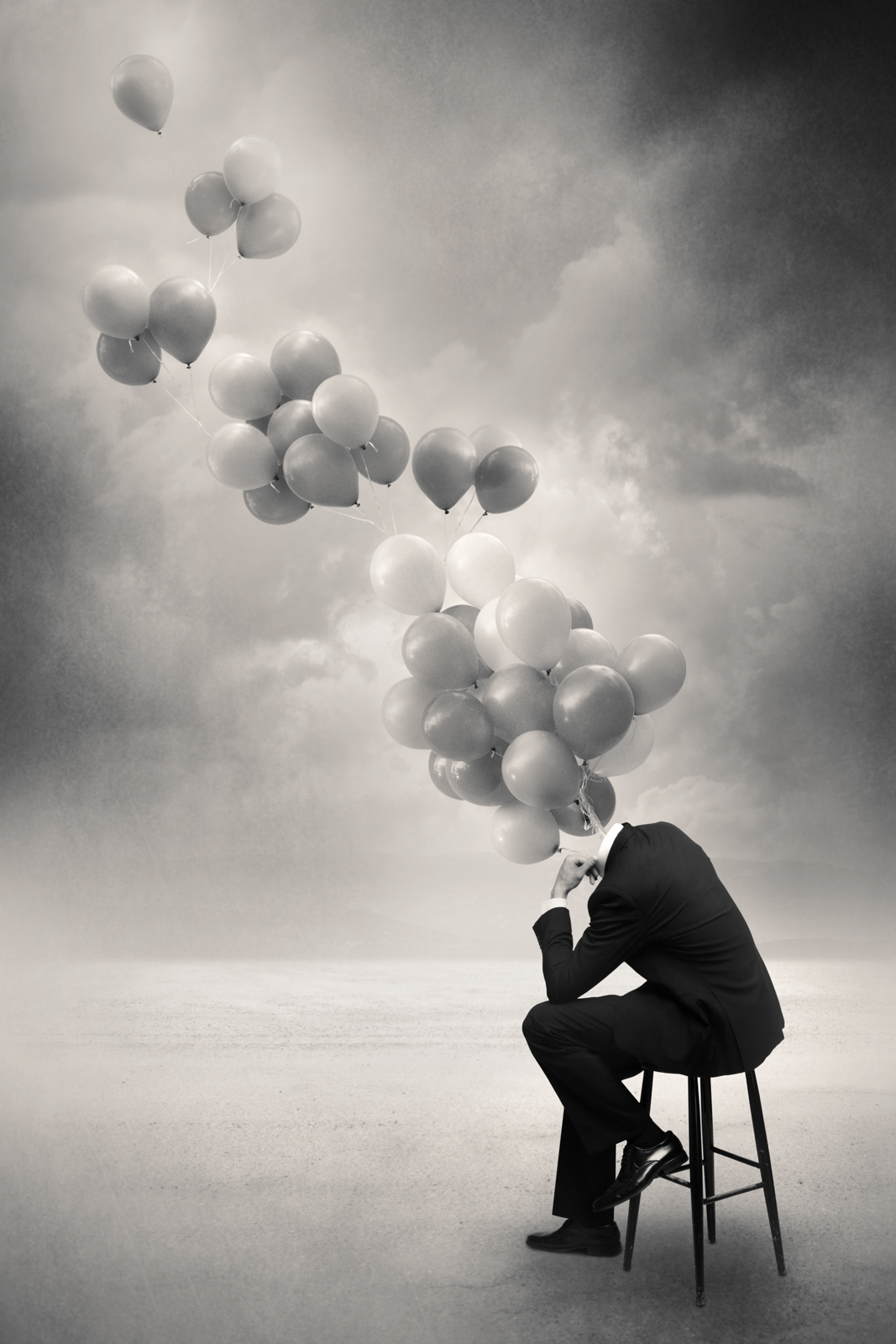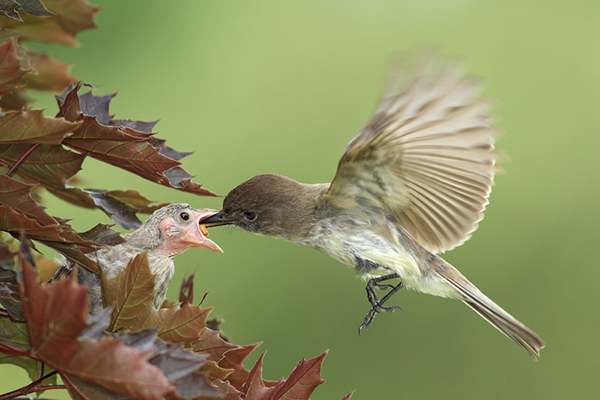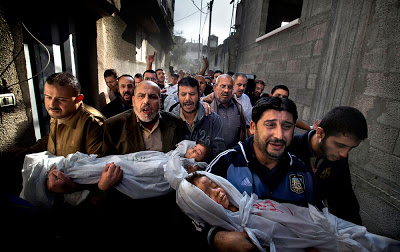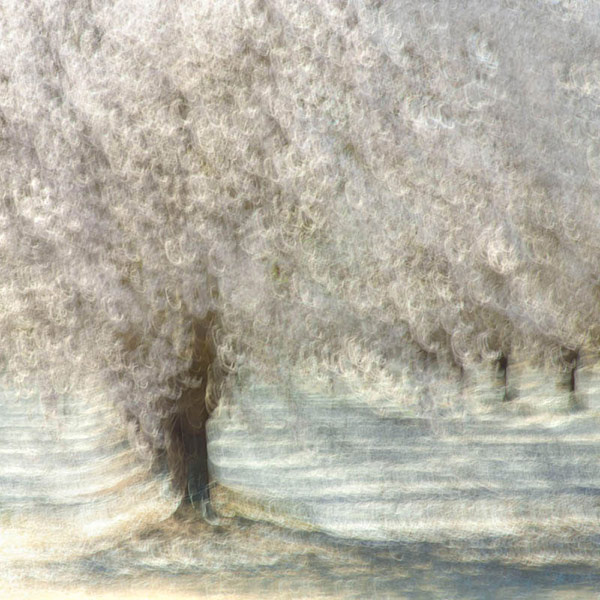Every two years, Montreal, Quebec, Canada features a major, month-long major contemporary photography festival called Le mois de la photo à Montréal. This year’s festival runs from September 5 — October 5, 2013 and features 25 photography exhibitions in different parts of the city.
This year the theme of the festival is Drone — The automated image and it is guest curated by Paul Wombell. I’ve been going to this festival pretty much since it started and the exhibitions are almost always laden with experimental (less conventional) photography and themes that require reflection. If you’re looking for more conventional photography (beautiful landscapes, still lifes, street photography) you normally won’t find it at this festival.
Although Le mois de la photo is a photography festival, many exhibitions will be video based and some will feature installations. I always find a few exhibitions that I really like and will report back on my faves. Feel free to check out the exhibitions here.

